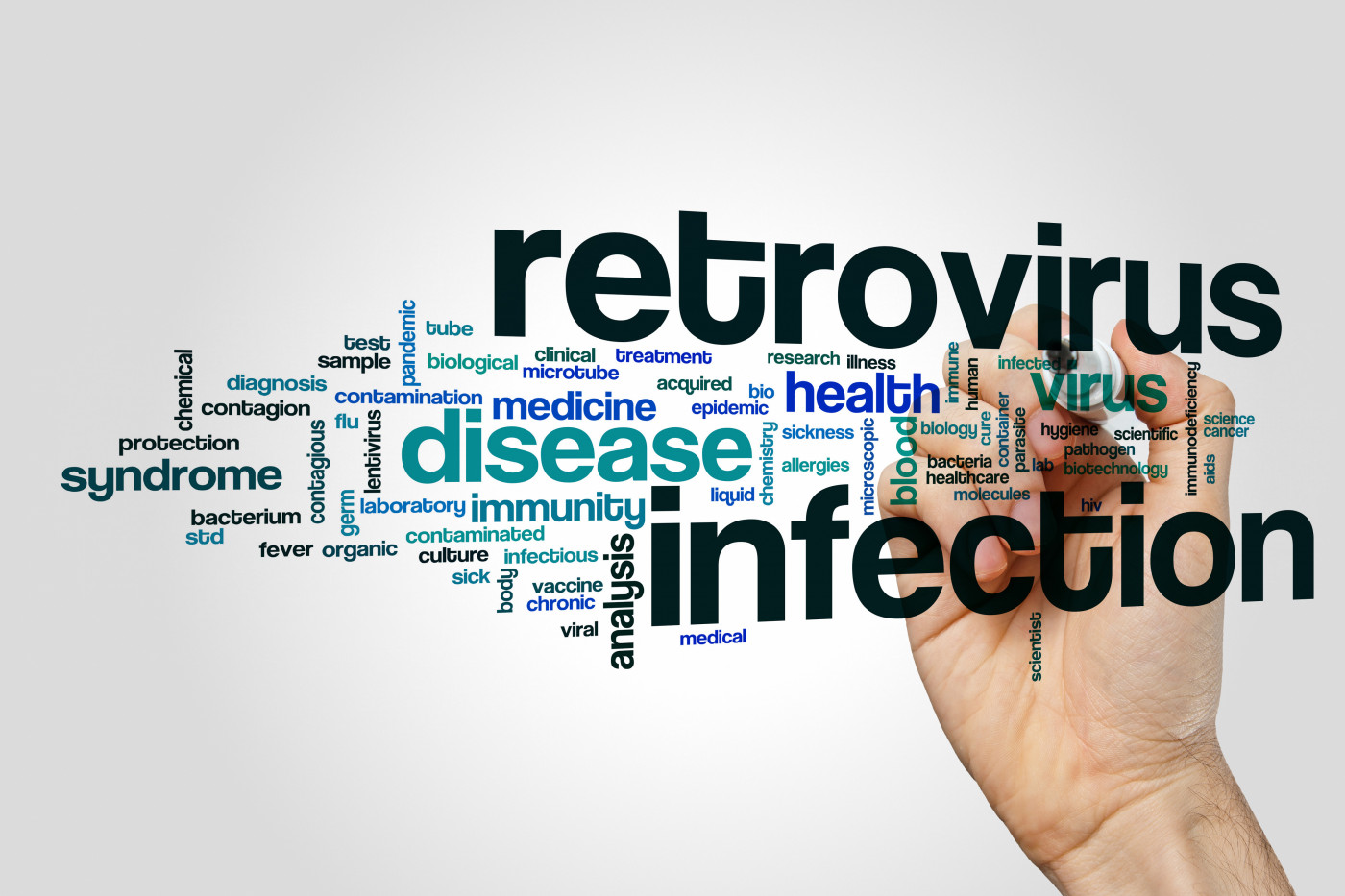Retrovirus May Play a Role in Development of Pulmonary Hypertension in Rats, Study Finds

An inherited virus’ shift from a dormant to an active mode appears to be linked to the development of pulmonary arterial hypertension in rats, a study reports.
Scientists may be able to develop PAH therapies around the idea of preventing the human endogenous retrovirus K (HERV-K) from becoming active, the study added. The virus is usually inactive.
The research, “Upregulation of HERV-K is Linked to Immunity and Inflammation in Pulmonary Arterial Hypertension,” was published in the journal Circulation.
A hallmark of PAH is over-active immune cells damaging the pulmonary arteries going from the heart to the lungs. The damage contributes to high blood pressure in these patients.
Before studying HERV-K in rats, researchers looked at laboratory cultures of lung tissue from patients with idiopathic and hereditary PAH and from healthy individuals. They discovered that immune reactions had occurred in PAH patients’ lungs. And they associated the reactions with a protein that the HERV-K virus makes — dUTPase.
They also found that dUTPase triggered the production of cytokines, or proteins that cause inflammation, in the human cell cultures. These included pulmonary artery endothelial cells, or PAECs, which line the inner walls of pulmonary arteries. The viral protein also activated B-cells, immune cells that produce antibodies.
When the team injected dUTPase into the veins of rats once a week for three weeks, the animals developed PAH, while control rats remained disease-free.
In addition, researchers found high levels of a protein that causes inflammation, interleukin (IL)-6, in rats injected with dUTPase. Humans with PAH have high levels of IL-6 in their blood.
Although the study showed that dUTPase can lead to PAH in rats, the team called for studies to determine what prompts HERV-K to produce this protein in the first place. That discovery could prove useful in treating PAH, they said.
“Due to the complexity of human disease, it is difficult to prove a cause and effect relationship rather than an association between viral infection or endogenous retroviruses and PAH,” the researchers wrote. “More comprehensive analysis of the mechanism of” increases in “retroviral sequences in PAH could lead to strategies to assess the impact of blocking the production of these elements,” they said.
“Our study reveals that upregulation of the endogenous retrovirus HERV-K could both initiate and sustain activation of the immune system and cause vascular [blood vessel] changes associated with PAH,” the team concluded.







